Why Every Porsche Model Feels Unmistakably Porsche: The Secret Lies in the “Three Cornerstones” of Chassis Development
公開日:
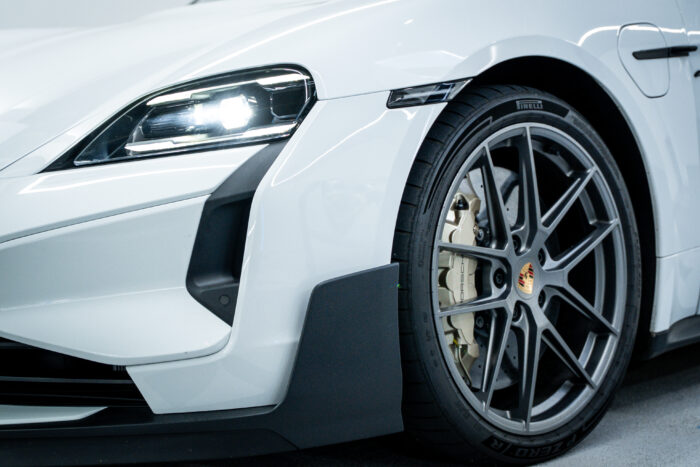
コンテンツ
Until now, I have owned every current Porsche model except for the Macan.
Throughout this journey, I’ve often wondered why Porsche can deliver driving performance that sets it apart from other manufacturers. And why, no matter which model you drive, you always sense that unmistakable “Porsche-like” driving experience.
Today, I want to share the answer I found in Porsche’s technical materials about the “Three Cornerstones” of chassis development.
These aren’t just technical categories—they represent a systematization of over half a century’s worth of Porsche’s driving philosophy.
Behind the rigorous optimization of every model through extensive testing on racing tracks lies this unchanging development philosophy. Even the most advanced mechatronics system can’t reach its full potential without a solid fundamental structure. This mindset is at the very heart of Porsche’s chassis development.
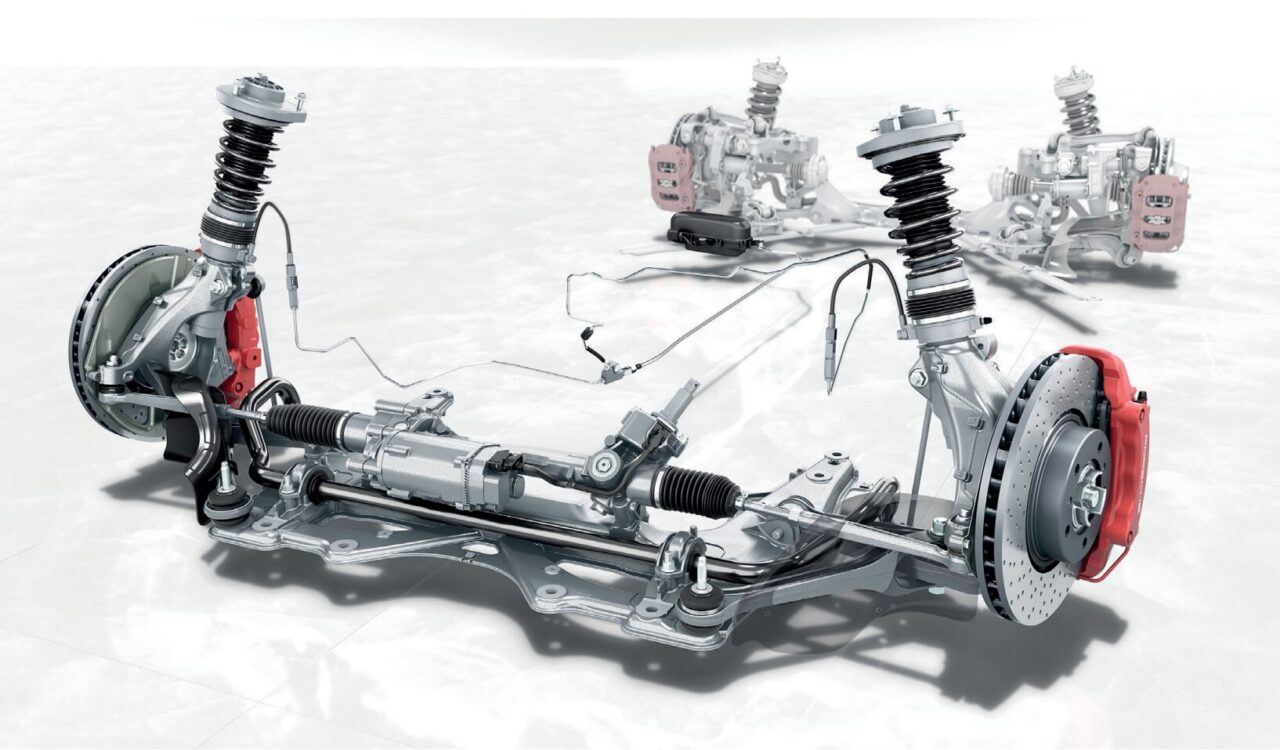
First Cornerstone: The Overall Vehicle Concept
The first cornerstone of Porsche chassis development is the “overall vehicle concept.” This goes beyond mere design philosophy—it refers to the physical elements that form the foundation of driving performance. The importance of a solid fundamental structure cannot be overstated. Key dimensions like a long wheelbase, wide track, and low center of gravity create the essential groundwork for outstanding handling.
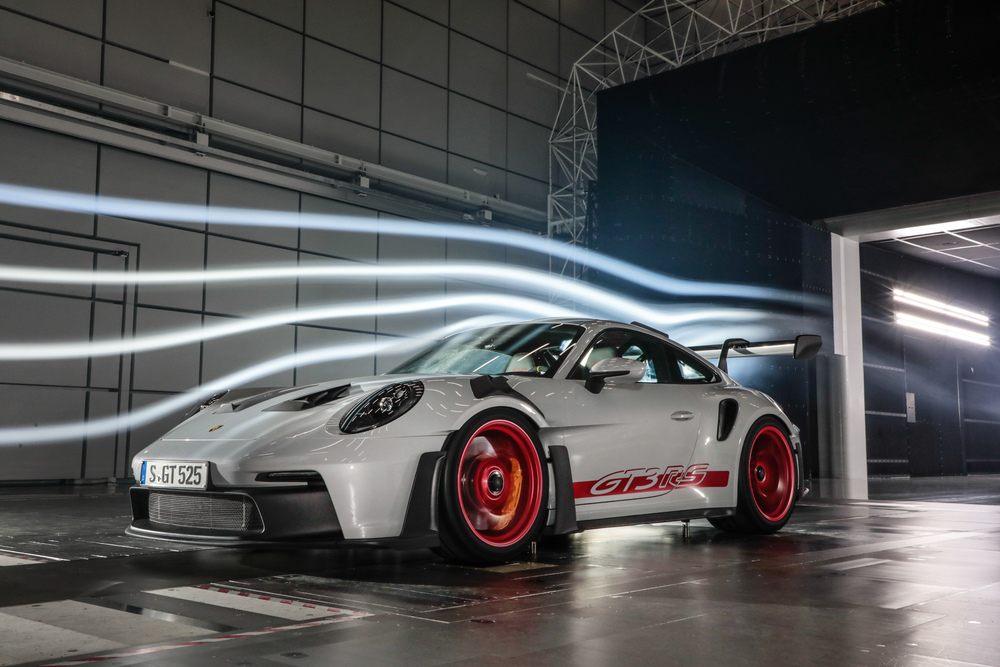
Why are these elements so critical?
They enhance cornering stability and enable the car to withstand high lateral G-forces. According to physics, the lower the center of gravity and the wider the track, the more stable the car becomes. Porsche relentlessly pursues these fundamental principles.
Balanced axle weight distribution and rearward torque bias are also part of this foundation. Achieving optimal traction and neutral steering characteristics hinges on precise weight distribution. Too much weight upfront causes understeer; too much at the rear leads to oversteer. Porsche’s decades of experience have pinpointed the ideal balance.
What’s most fascinating is that these requirements are integrated into the vehicle concept from the very early stages of development. For example, space for top-tier brakes and cooling airflow paths are secured during the concept phase. High performance can’t be an afterthought.
This philosophy applies consistently across all Porsche models. From the 911 to the Cayenne, every model is built on these same fundamental principles. That’s why every Porsche you drive feels unmistakably Porsche.
Second Cornerstone: Chassis Mechanics
The second cornerstone, “chassis mechanics,” encompasses all the physical components connecting the car to the road. Tires, axles, and brakes directly support Porsche’s driving dynamics.
Regarding tires, most models use wider rear treads with “mixed tires” to enhance grip on the driven wheels. This is especially crucial for the rear-engine 911, where maximizing rear tire contact patch is key to transferring immense power to the road.
Porsche collaborates closely with tire manufacturers and has achieved a remarkable evolution over the past decade—reducing rolling resistance by about 20% while improving grip. This isn’t just a technical upgrade; it’s Porsche’s clear answer to the modern challenge of balancing environmental and sports performance.
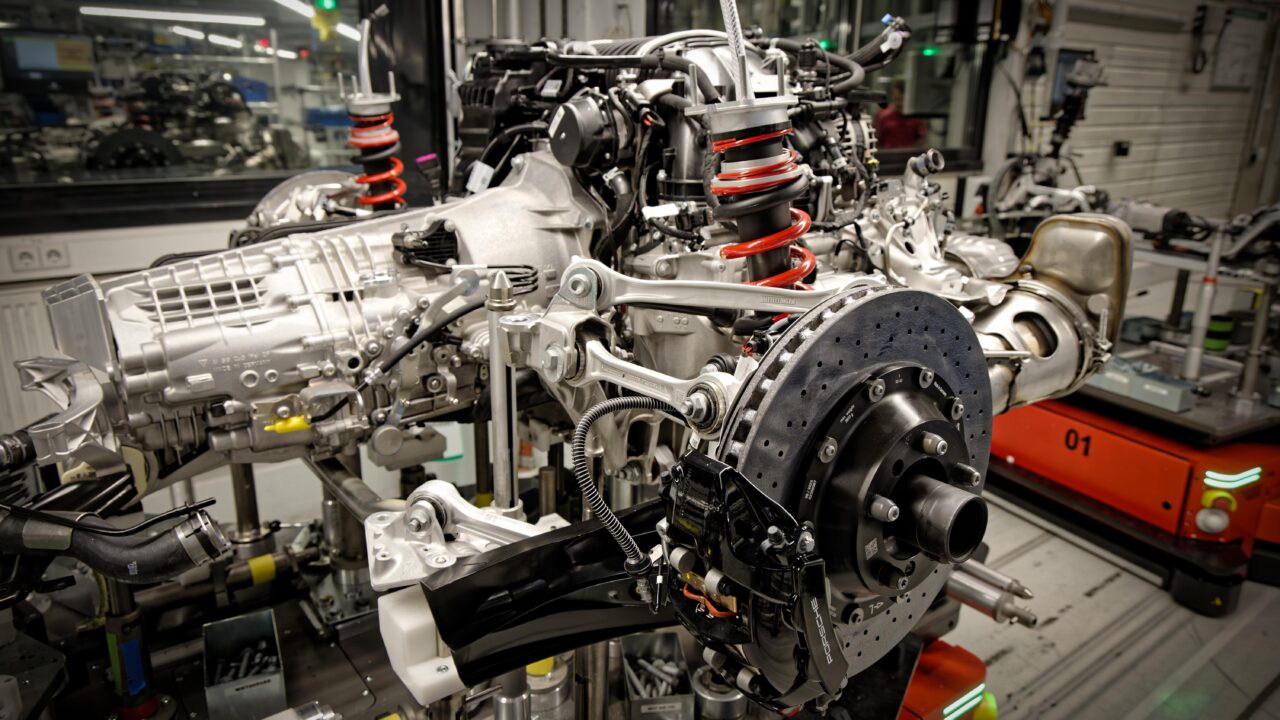
Porsche’s axle concepts are also highly refined. They ensure tires maintain optimal contact angles with the road under all driving conditions, maximizing power delivery. While this sounds simple, it requires advanced design and manufacturing precision.
The brake system embodies Porsche’s philosophy as well. All models feature fixed caliper brakes on the front axle for superior braking performance and stability. Fixed calipers cost more than floating ones but offer overwhelmingly better performance.
For customers seeking even higher performance, Porsche offers the lightweight and stable Porsche Ceramic Composite Brakes (PCCB). This isn’t just an option—it’s a flagship technology showcasing Porsche’s engineering prowess. Developing ceramic brakes demands enormous time and investment, which Porsche spares no expense on.
Third Cornerstone: Mechatronics Systems
The third cornerstone, “mechatronics systems,” is one of the most crucial elements in modern Porsches. Electronic control technology plays an increasingly vital role in balancing the traditionally opposing goals of performance and comfort. However, Porsche’s approach clearly stands apart from other manufacturers.
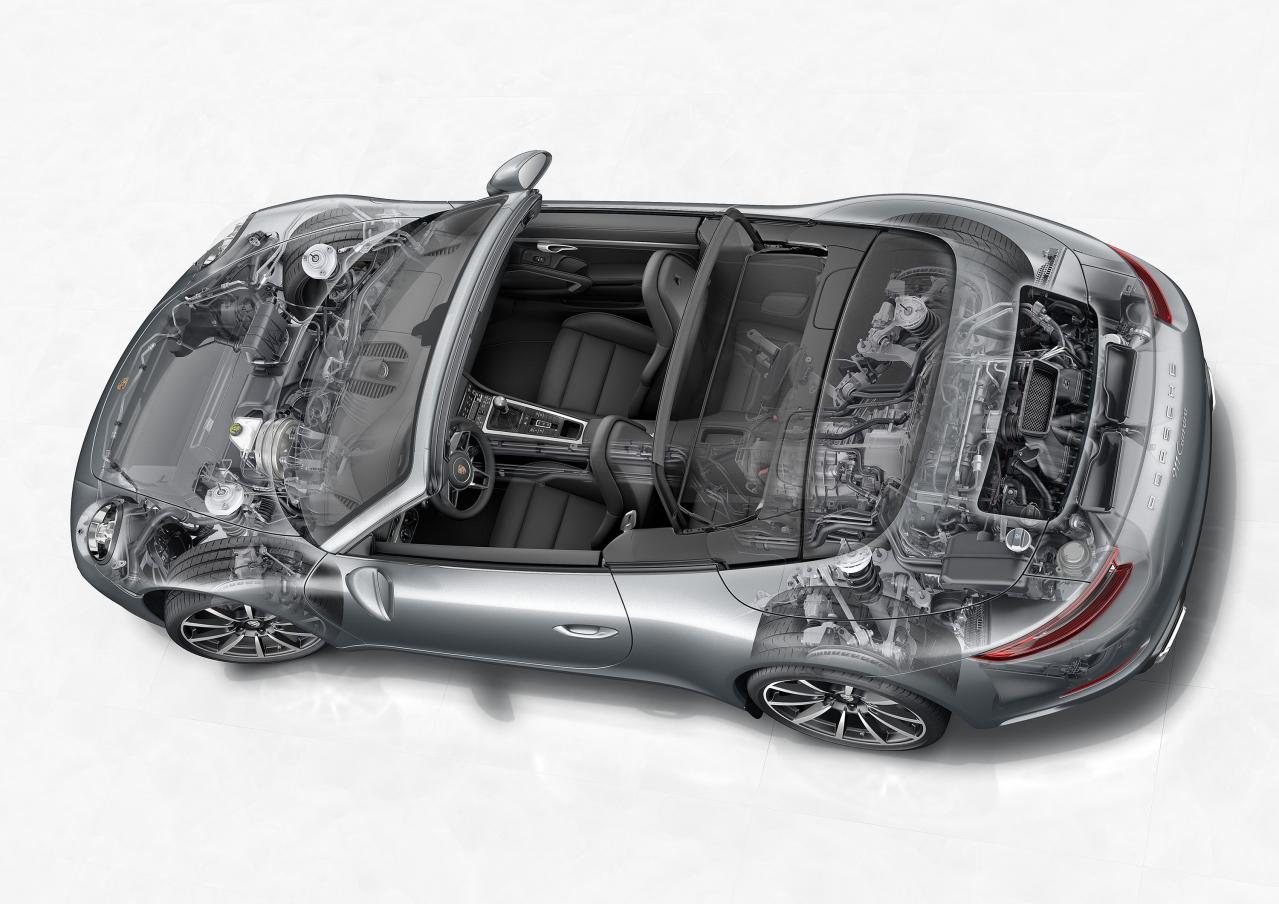
Rather than emphasizing a single performance aspect, Porsche uses innovative technologies to enhance overall balance. This can be called the “philosophy of balance.” The goal isn’t an extremely fast car or an extremely comfortable car, but one where all elements harmonize at a high level.
Systems like PASM and PDCC improve not only high-speed cornering stability but also long-distance comfort. This is not merely a technical achievement but a natural outcome of Porsche’s development philosophy.
The true value of mechatronics lies in reconciling these conflicting demands. Traditional mechanical systems forced a trade-off: boosting sportiness sacrificed comfort, and vice versa. Electronic controls now allow the car to select optimal settings based on the situation.
Porsche’s mechatronics systems read the driver’s intentions and instantly adjust settings accordingly. They interpret how the accelerator, steering, and brake pedals are used to determine the driver’s desired style and deliver the perfect setup.
These systems only function because the first two cornerstones are firmly in place. Only with a strong fundamental structure and excellent mechanical components can electronic controls reach their full potential. Put simply, no matter how advanced the electronics, true high performance can’t be achieved without a solid foundation.
How the Three Cornerstones Create the Porsche Feeling

These three cornerstones don’t exist independently. They interrelate and form a unified system. The overall vehicle concept lays the groundwork, chassis mechanics build upon it, and mechatronics systems integrate and elevate everything to a higher level.
When these three cornerstones harmonize perfectly, the unique Porsche driving experience emerges. It’s not just about speed—it’s the feeling of driver and car becoming one. Turn the steering wheel, and the car responds exactly as you expect. Press the accelerator, and it accelerates precisely as intended. Step on the brakes, and it stops exactly where you want.
This sense of unity is the ideal Porsche relentlessly pursues. While technical specs and performance data matter, ultimately it’s how the driver feels that counts most. Porsche’s engineers continuously refine these three cornerstones to perfect that sensation.
This is the DNA that defines Porsche driving across all powertrains—gasoline, hybrid, and electric alike. Even as electrification advances, these three cornerstones remain unchanged, continuing to support the essence of Porsche’s driving experience.
このブログが気に入ったらフォローしてね!


Comment ( 0 )
Trackbacks are closed.
No comments yet.